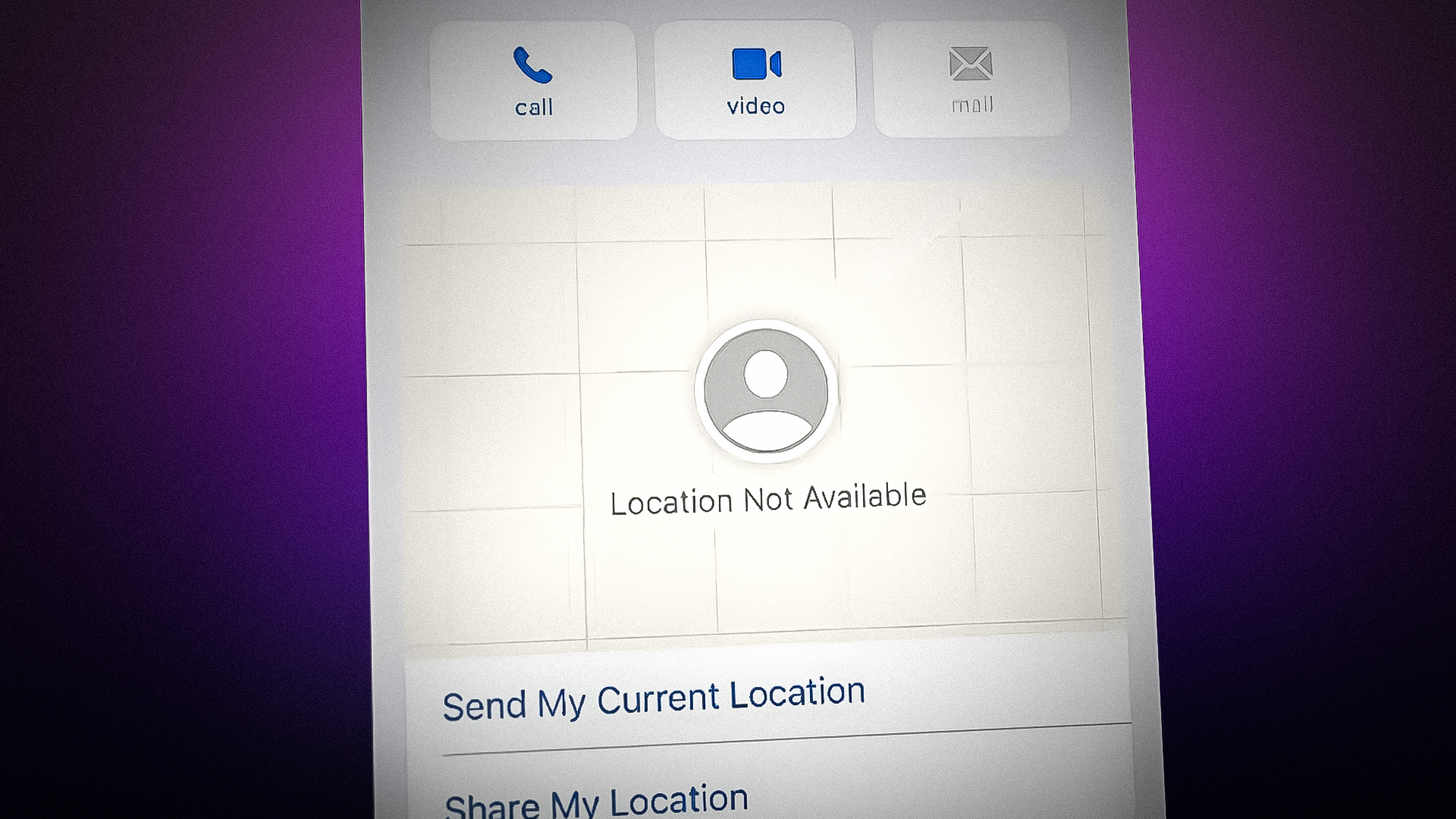In today's digital age, location services play a crucial role in enhancing user experience across various applications and platforms. However, users often encounter terms like "no location found" and "location not available," which can be confusing. Understanding the nuances of these phrases is essential for troubleshooting and ensuring seamless navigation. This article aims to demystify these terms and provide clarity on their implications for users and developers alike.
The difference between "no location found" and "location not available" can significantly impact how applications function and how users perceive their options when searching for a specific location. For instance, a user might expect to find a restaurant's location using a map application, only to be presented with one of these messages. This not only affects user satisfaction but can also influence the overall effectiveness of the application. Therefore, a thorough understanding of these terms is vital for both users and developers.
This article will delve into the meanings of "no location found" and "location not available," exploring their differences, implications, and how they affect user experience. We will also discuss solutions for each scenario and offer practical tips to help users navigate these challenges more effectively. By the end of this article, readers will have a comprehensive understanding of these two terms and how to address them when encountered.
What Does "No Location Found" Mean?
"No location found" typically indicates that the system or application was unable to retrieve any location information based on the user's input or query. This can happen for several reasons:
- The specified location does not exist in the database.
- The search query is misspelled or too vague.
- The user’s device is not connected to the internet.
What Does "Location Not Available" Mean?
On the other hand, "location not available" usually means that the application is unable to access the location data at the moment. This can occur due to:
- Technical issues with the server.
- The user has disabled location services on their device.
- Network connectivity problems.
How Are "No Location Found" and "Location Not Available" Different?
While both phrases may seem similar at first glance, they carry distinct meanings. "No location found" relates to the absence of location data for a particular query, whereas "location not available" indicates a temporary unavailability of location services. Recognizing these differences is essential for users attempting to troubleshoot location-related issues.
When Do Users Encounter These Messages?
Both messages can appear during various instances, including:
- Searching for businesses or landmarks on a mapping app.
- Using navigation features in GPS applications.
- Accessing location-based services in mobile applications.
What Should Users Do When Faced with "No Location Found"?
When confronted with a "no location found" message, users can take several steps to rectify the situation:
- Double-check the spelling of the location.
- Try searching for nearby landmarks or cities.
- Ensure that the application is updated to the latest version.
What Can Users Do When "Location Not Available" Appears?
If a user sees "location not available," they may want to consider the following actions:
- Check if the device's location services are enabled.
- Restart the application or device.
- Ensure a stable internet connection is established.
How Do Developers Address These Issues?
Developers play a vital role in minimizing the occurrence of these messages. To address "no location found," developers should ensure their databases are comprehensive and up-to-date. For "location not available," they must focus on optimizing server performance and ensuring robust error handling to manage user expectations effectively.
Conclusion: No Location Found vs Location Not Available
Understanding the distinctions between "no location found" and "location not available" is essential for both users and developers. By recognizing the implications of these messages, users can navigate problems more effectively, while developers can create more reliable applications. Ultimately, clear communication and effective troubleshooting can lead to a better user experience in the rapidly evolving landscape of location-based services.



